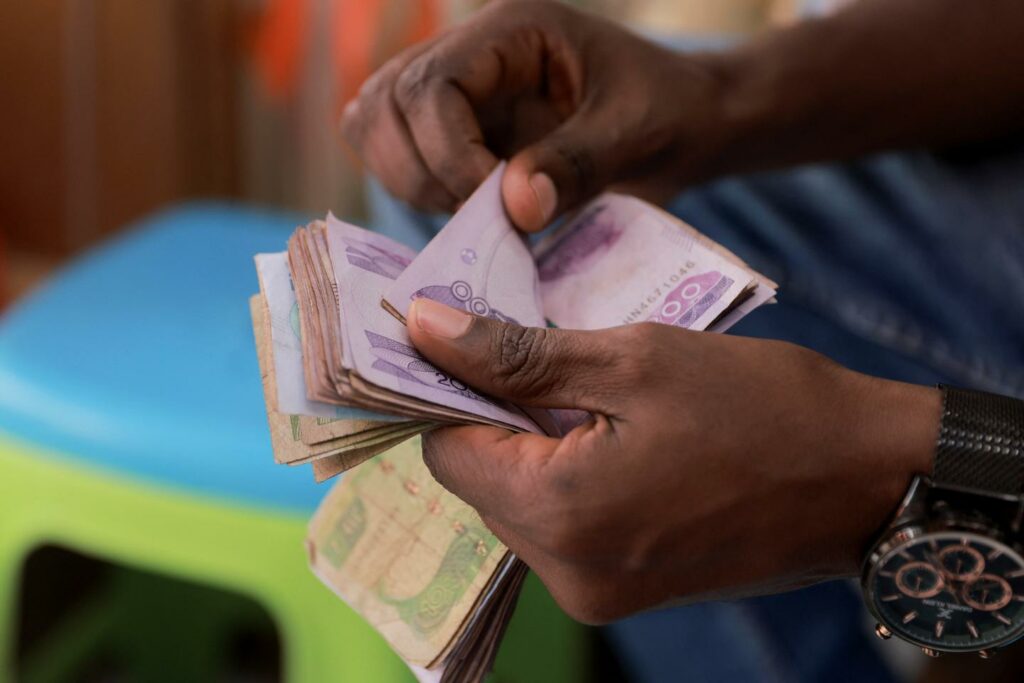A man counts banknotes at Merkato, one of Africa’s largest open-air markets, in Addis Ababa, Ethiopia, on April 25, 2024. TIKSA NEGERI / REUTERS
Barring unforeseen circumstances, average per capita income in sub-Saharan Africa will finally reach its pre-Covid-19 pandemic level by 2026. According to the World Bank, which published its growth forecasts for the region on Monday, October 14, it will even be 2% higher than in 2019. And yet this is hardly cause for rejoicing, given the comparisons: in South Asia and East Asia, the differences in living standards between 2019 and 2026 will represent 30%!
Since the end of the health crisis, recovery south of the Sahara has been “slow and lagging behind” the rest of the world, stressed the authors of the biannual Africa’s Pulse report, citing the urgent need to boost activity to “get out of the low-growth trap.” With over a third of the region’s inhabitants already living in extreme poverty, “if this trend continues over the long term, it could be catastrophic,” warned Andrew Dabalen, the World Bank’s Chief Economist for Africa, at a press briefing.
But the news on the economic front is not all bad. Gross domestic product (GDP), expected to grow by 3% this year, should accelerate to 4% by 2025. Some countries, such as Côte d’Ivoire, Uganda and Tanzania, are doing particularly well, with robust growth of over 5% or even 6%.
The recovery is being sustained by household consumption at a time when inflationary pressure is easing in most countries on the continent. Two and a half years after the outbreak of war in Ukraine, which led to a surge in world food prices, only a handful of countries, such as Nigeria and Ghana, are still juggling with double-digit price rises.
The international context is also more favorable, thanks to the downward trend in interest rates initiated by the central banks of developed countries. The financial markets have begun to reopen for some African countries (Côte d’Ivoire, Benin, Kenya, Senegal), which have resumed borrowing in recent months after almost two years of exclusion.
Climate shocks
According to the World Bank, however, these positive notes do little to counterbalance the constraints and risks weighing on growth prospects. These include climate shocks, to which the continent is severely exposed: floods, droughts and cyclones are multiplying in every corner of Africa, exacerbating food security problems and the effects of conflict.
The latter are manifold, from the Sahel to Ethiopia, via the Democratic Republic of Congo (DRC). Violence, political instability and insecurity scare off investors and increase vulnerability. The war in Sudan, in particular, has led to a veritable economic collapse, prompting the World Bank to revise its economic forecasts for the entire region downwards by half a point in 2024.
You have 52.27% of this article left to read. The rest is for subscribers only.
Source link : https://www.lemonde.fr/en/le-monde-africa/article/2024/10/16/sub-saharan-africa-trapped-by-insufficient-growth_6729488_124.html
Author :
Publish date : 2024-10-15 22:21:31
Copyright for syndicated content belongs to the linked Source.
